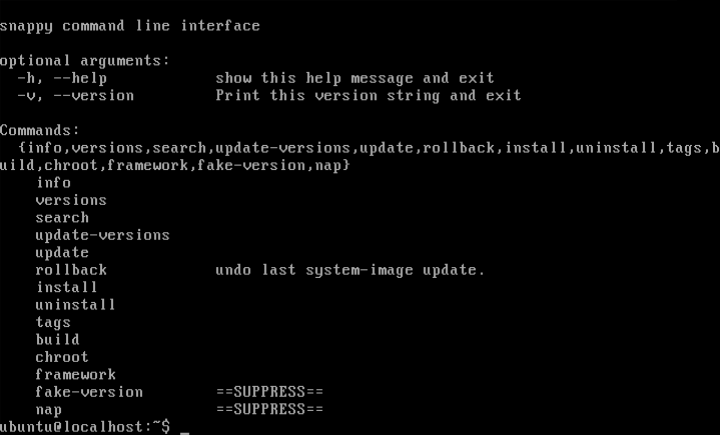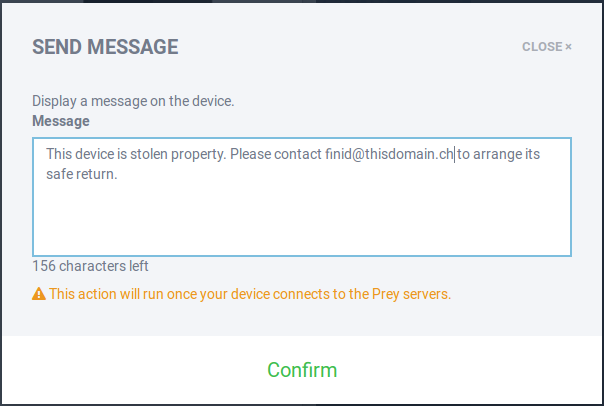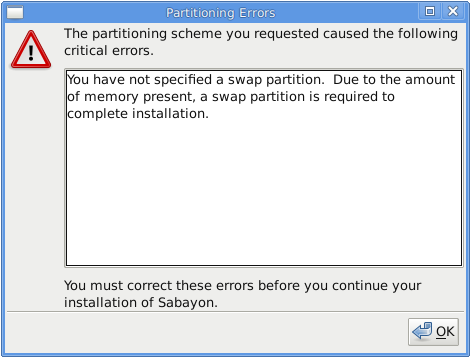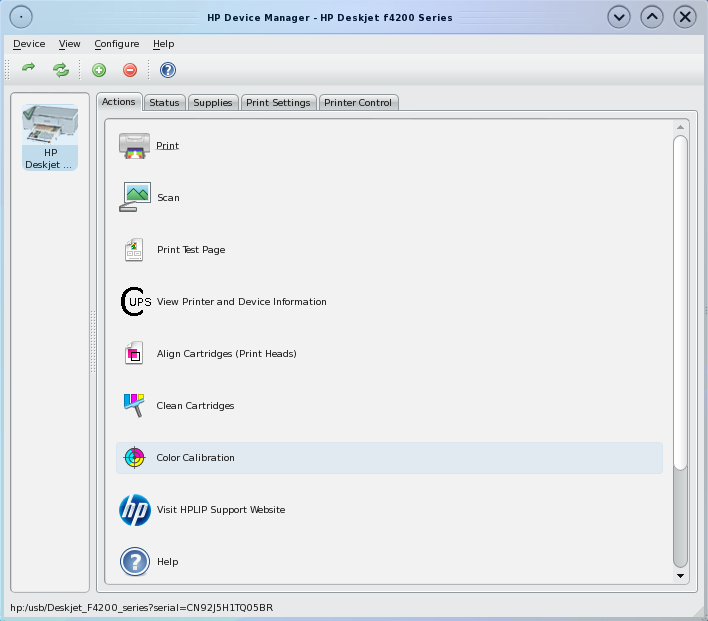The emergence of a new breed of Linux distributions called atomic or immutable Linux distributions is one of the most exciting and innovative developments in the operating system arena in a very long time. So called because of the nature of their core system and how they receive updates, these immutable or atomic Linux distributions are not as numerous as their non-immutable siblings, but they are growing.
Features common to immutable distros includes but is not limited to:
- A read-only core system that’s immutable. That’s how they got their name.
- An all-or-nothing (atomic) update capability, so a system is never in a broken state.
- Ability to rollback to a previous state if, for example, a recent update fails.
- Use Flatpak for installing and updating graphical application.
Most immutable Linux distros are descended from the Fedora lineage, so RPM-based, with just a couple based on Debian, so use that distros APT package system. None I am aware of is based on any other distro, including Arch Linux, but I have no doubt that with time, we’ll see atomic distros derived from distros other than Fedora and Debian.
What follows is an alphabetical listing of immutable Linux distros in active development.
1. Aurora
Aurora is a general-purpose distro built from Universal Blue, with KDE Plasma as the only supported desktop environment. Out of the box, it can be used for gaming, even on a gaming machine built with an NVIDIA GPU, and for coding. Visit https://getaurora.dev/en for more info.
2 . Bazzite
Another immutable distro built atop, Universal Blue, Bazzite is the most popular distro, immutable or not, optimized out of the box for gaming in Linux. It can be installed on regular PC as well as on handheld gaming devices, like the Steam Deck, Lenovo Legion Go, and ASUS ROG Ally. It comes pre-installed with Steam, so you can play all your favorite Steam games (Steam Gaming Mode is supported). It can also play games from non-Steam stores, like from EA App, Epic Games Store, GOG.com, itch.io, Rockstar Games Launcher, and Ubisoft Connect.
Installation images for KDE Plasma and GNOME desktop environments are available. Visit https://bazzite.gg to learn more about this immutable gaming distro.
3. Bluefin
Bluefin is the third immutable distro built from Universal Blue. It differs from Aurora in that GNOME is the preferred desktop environment. So if you like the idea of an immutable Linux distro built from Universal Blue, but you’re not a fan of KDE Plasma, then Bluefin is what you’re looking for. Visit https://projectbluefin.io/ for more info.
4. Endless OS
Endless OS is one of the two atomic Linux distros based on Debian. The user interface of Endless OS is based on a highly modified GNOME desktop environment. It is optimized for game development and for use by students. Visit https://www.endlessos.org/os for more info.
5. Fedora Atomic
Fedora Atomic is an immutable version of Fedora using OSTree, so the core system is managed using the rpm-ostree command, not dnf. Toolbox (Toolbx) is available for creating OCI containers for development and other purposes. Like regular Fedora, Fedora Atomic has several editions, each distinguished by the desktop environment or window manager in use.
There is, for example:
- Fedora Budgie Atomic, which uses the Budgie desktop environment.
- Fedora COSMIC Atomic, an edition that uses the COSMIC desktop environment.
- Fedora Kinoite, a KDE Plasma edition.
- Fedora Silverblue, which uses GNOME.
- Fedora Sway Atomic uses the Sway tiling window manager.
6. NixOS
NixOS is an independent and immutable distro for 64-bit Intel/AMD and 64-bit ARM architectures. It is based on the Nix package manager, which makes it easy to build reproducible and portable systems. Installation images for KDE Plasma and GNOME desktop environments (DEs) are available, though other DEs are also available during installation. Visit NixOS for more info.
7. openSUSE MicroOS
openSUSE MicroOS is an immutable edition of openSUSE designed to run containerized workloads, with all applications installed in containers rather than in the root filesystem. This design option reduces the ability of malicious applications to compromise the system. A base installation of openSUSE MicroOS can run on 1 GB of RAM. Get more info at https://microos.opensuse.org/.
8. Torizon OS
Unlike other immutable Linux distros in this list, Torizon OS is an immutable distro for embedded devices targeting industrial use cases, so it’s not an immutable Linux desktop distribution. It enjoys a wide range of hardware support, including 32-bit ARM, 64-bit ARM, 64-bit Intel/AMD, and RISC-V architectures. Get more info at Torizon OS.
9. Vanilla OS
Vanilla OS is the second immutable distro based on Debian. The other is Endless OS, number 4 in this list. A modified GNOME is its graphical interface. It comes with several innovative features and apps, including:
- Apx, a tool that makes it super easy to generate a development environments based on any Linux distribution. If you’re familiar with Distrobox, this is a similar tool.
- Ability to install software from any other distro, regardless of that distro’s package system.
- Smart background updates that ensures that updates are only performed when the system is idle.
- System verification on startup, ensuring that you’re notified on startup if the system has been tampered with.
So which is my favorite immutable Linux distro?
After using Linux Mint Cinnamon for about a decade, I distro-hopped to Fedora Kinoite (KDE Plasma) about 3 months ago, rekindling my relationship with KDE Plasma. Though I like it so far, rpm-ostree, the command used for managing the core of the system, does not give me all the options and subcommands I get on a Debian-based system. That’s why I’m trialing Vanilla OS right now. As a KDE Plasma guy, the only reason I’m taking my time trialing Vanilla OS is it does not have a KDE Plasma edition.
In other words, I’ve not settled on a favorite atomic or immutable Linux desktop distro just yet. So aside from Torizon OS, which is not for desktop use, the other 8 in this list are all good enough for you to try to see which one fits your computing needs.







